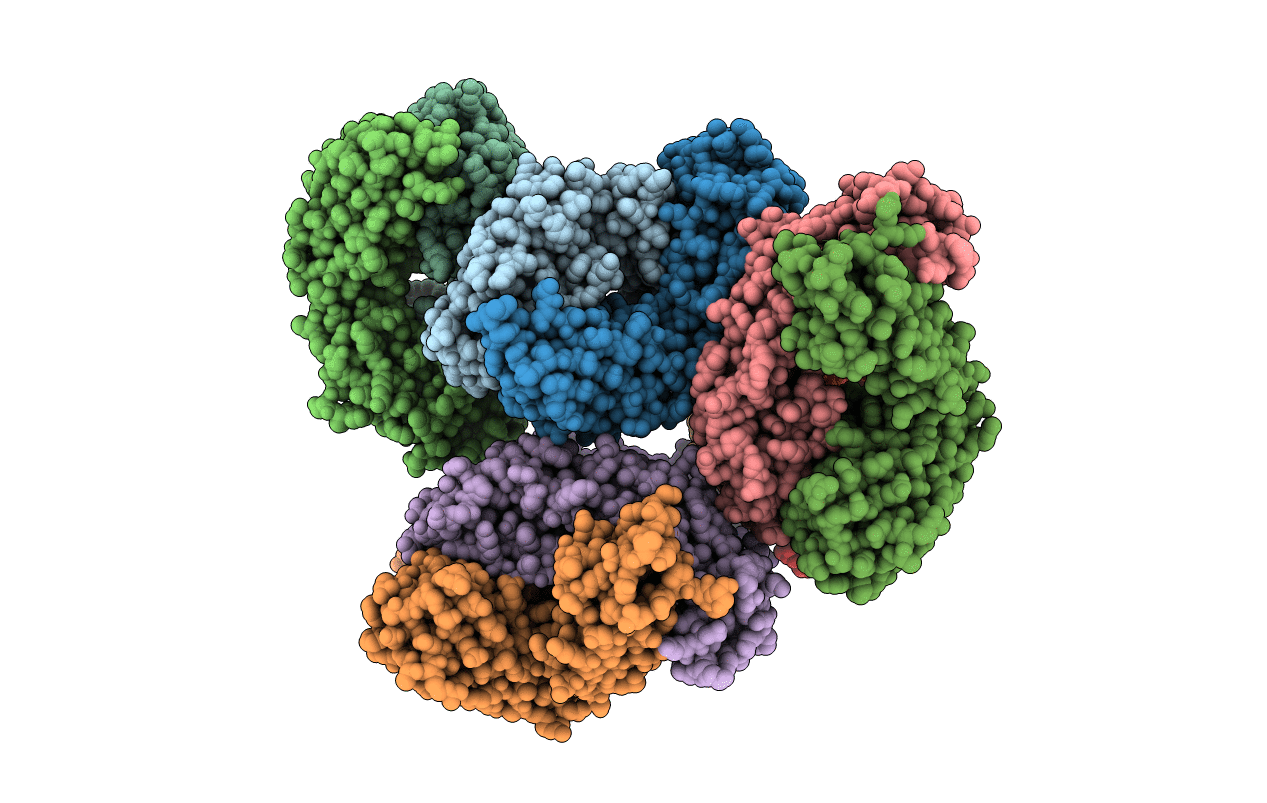
Deposition Date
2020-01-20
Release Date
2021-02-03
Last Version Date
2024-10-09
Method Details:
Experimental Method:
Resolution:
2.41 Å
R-Value Free:
0.22
R-Value Work:
0.16
R-Value Observed:
0.16
Space Group:
P 32


